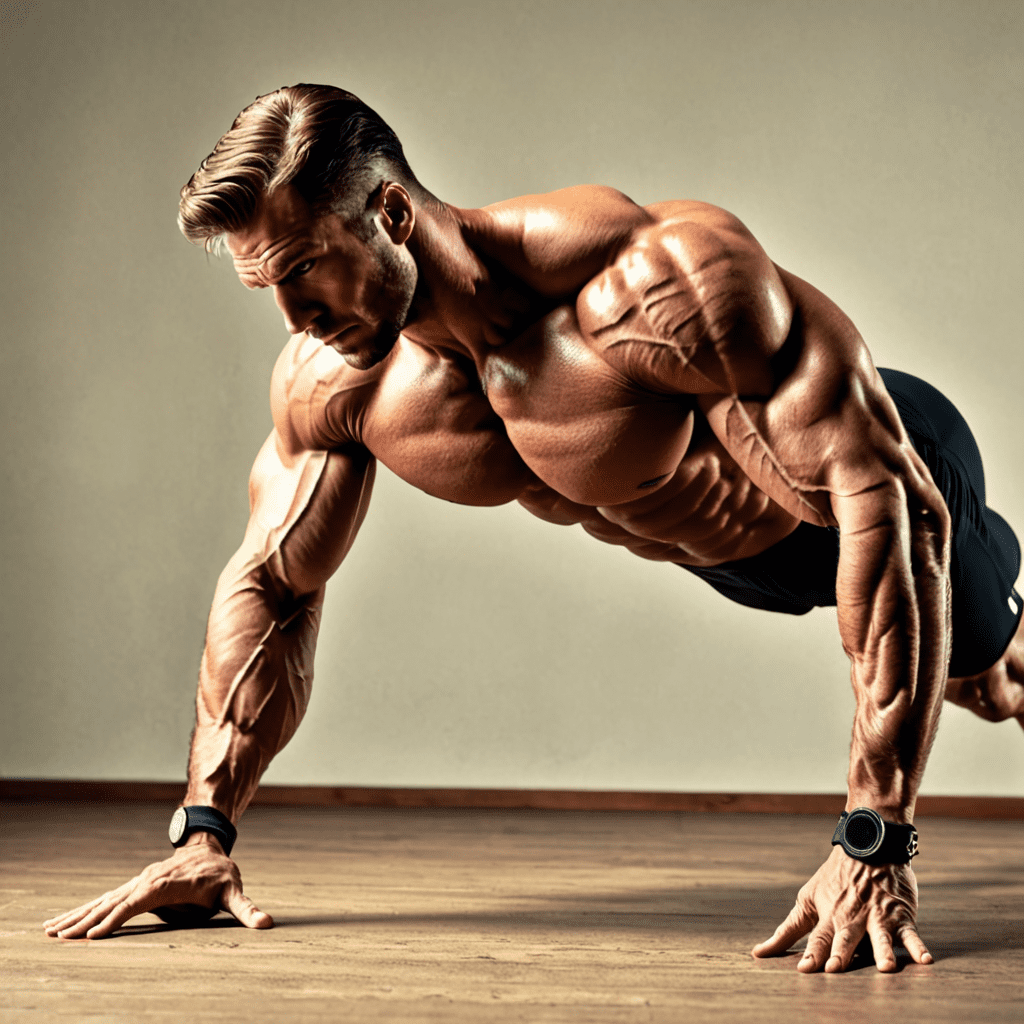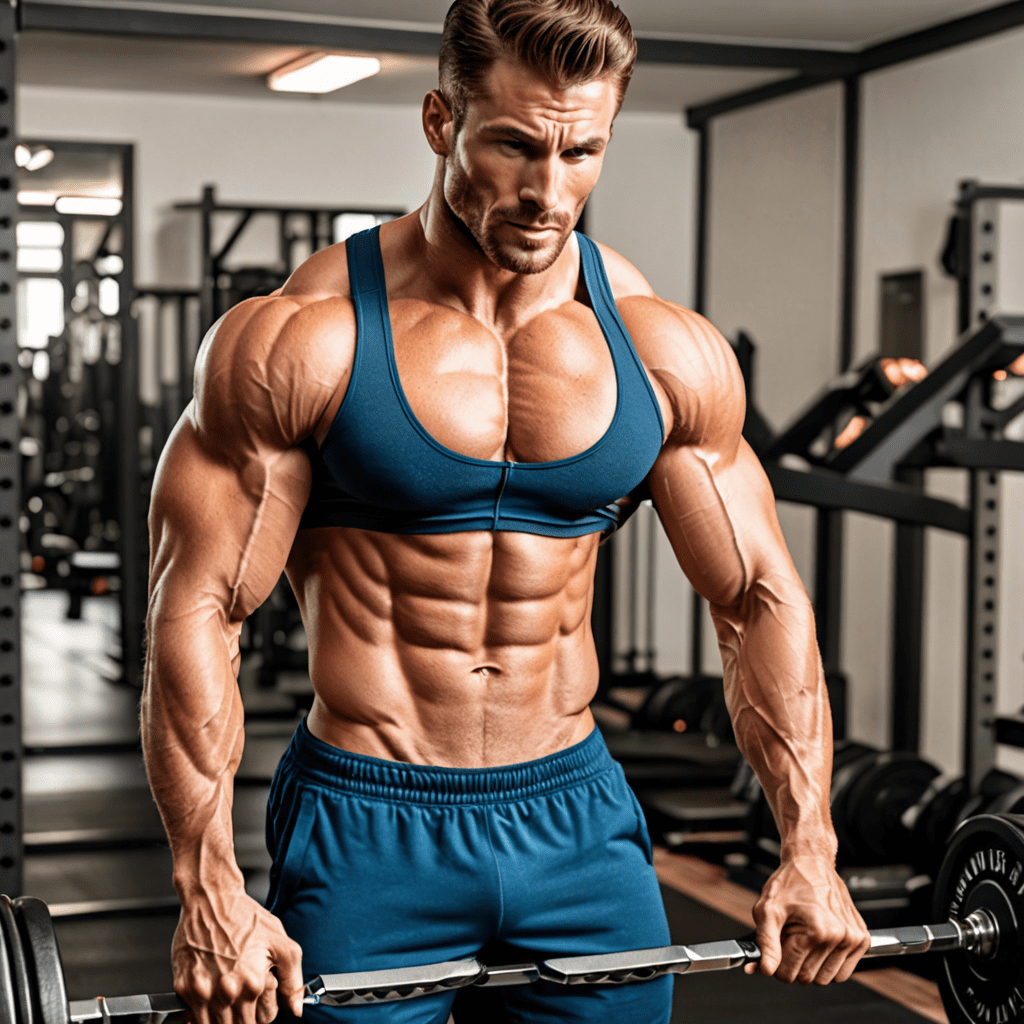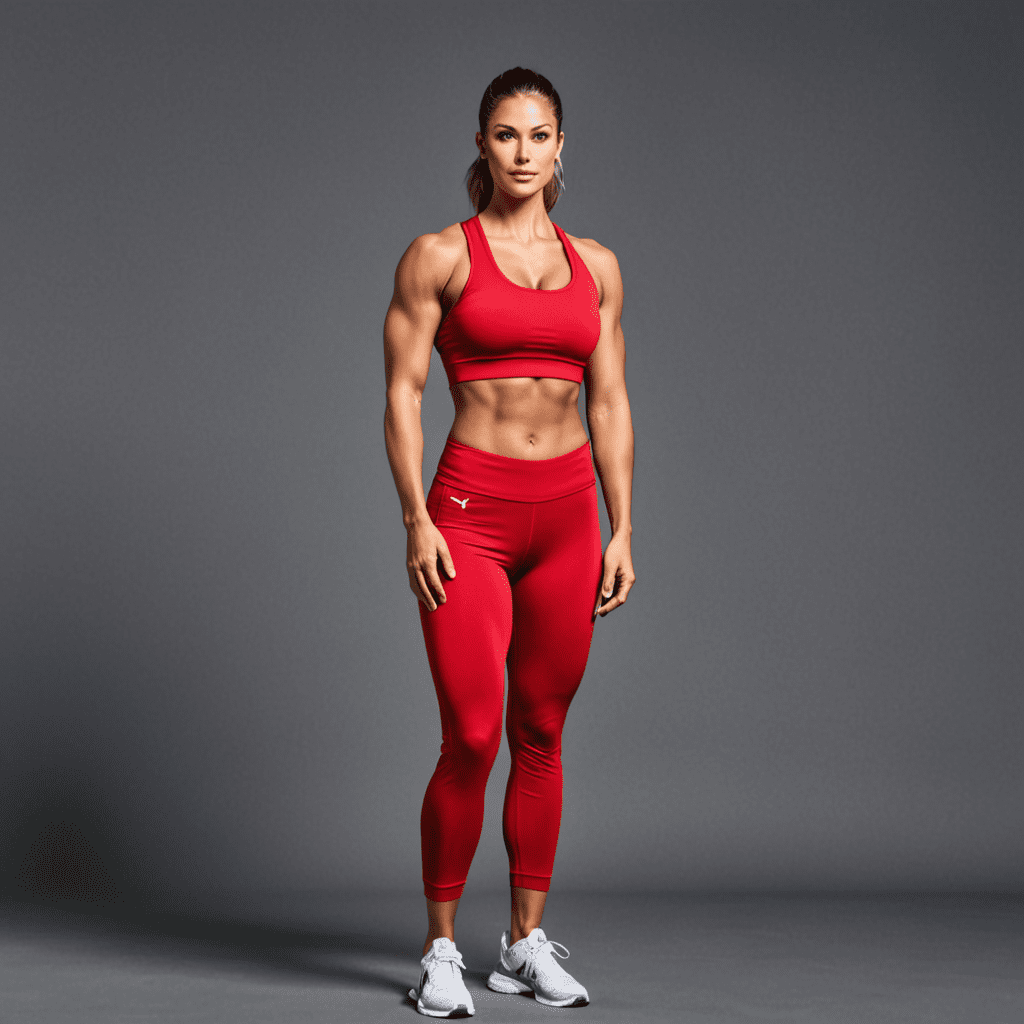
The Most Important Muscle for Push-Ups: A Comprehensive Guide
If you’ve ever done a push-up, you know how effective this exercise is for building upper body strength and endurance. While push-ups engage various muscles in the body, there’s one particular muscle that plays a vital role in executing a proper push-up. In this article, we’ll delve into the world of push-ups and explore the key muscle that you can’t ignore when performing this classic exercise.
The Anatomy of a Push-Up
Before we uncover the essential muscle for push-ups, let’s briefly discuss the mechanics of this exercise. A push-up primarily targets the chest, shoulders, and triceps. As a compound exercise, it also engages the core, back, and leg muscles for stability and support. The ability to smoothly perform a push-up relies on the coordination of these muscle groups.
The Role of the Pectoral Muscles
When it comes to executing a successful push-up, the pectoral muscles, commonly known as the pecs, take center stage. The pecs are the most important muscle group for push-ups as they are responsible for the horizontal adduction of the shoulder joint, essential for pushing the body weight up from the ground.
Understanding the Importance of Pectoral Strength
Strong and well-developed pectoral muscles not only enhance the aesthetic appeal of the chest but also contribute significantly to functional strength. Whether you’re a fitness enthusiast, athlete, or just aiming for overall physical well-being, having adequate pectoral strength is crucial for various activities and movements, including push-ups.
Developing Pectoral Muscles for Push-Ups
To enhance your ability to perform push-ups effectively, it’s essential to incorporate targeted exercises that specifically engage the pectoral muscles. Some effective exercises for developing the pecs include chest presses, flys, and the classic bench press. By strengthening these muscles, you’ll notice a significant improvement in your push-up performance.
Frequently Asked Questions
If you have questions about the importance of pectoral muscles for push-ups, look no further. Here are some common queries answered:
FAQ
Q: Can I still do push-ups if my pectoral muscles are weak?
A: Yes, you can start with modified versions of push-ups and gradually build strength. It’s important to incorporate pectoral-focused exercises into your routine to strengthen these muscles.
Q: How often should I train my pectoral muscles for push-ups?
A: Aim to incorporate pectoral-targeted exercises into your workout routine at least twice a week for optimal strength and development.
Q: Are there variations of push-ups that specifically target the pectoral muscles?
A: Yes, wide-grip push-ups and decline push-ups are effective variations that place greater emphasis on the pectoral muscles.
With a solid understanding of the pivotal role played by the pectoral muscles in push-ups, you can now approach your workouts with enhanced knowledge and targeted training strategies. By focusing on developing and strengthening this key muscle, you’ll be well-equipped to maximize the benefits of push-ups and achieve your fitness goals.


